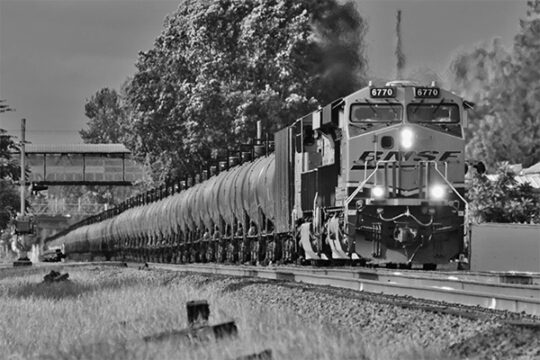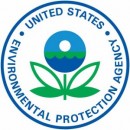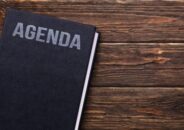
As we approach the end of July, response to the COVID-19 pandemic continues to dominate the nation’s attention and effort. Accelerating infection rates in many regions are causing renewed shutdowns at some employers. What we can do as an industry is to work to help keep our employees as safe as possible, and ensure that our DG shipments are compliant—many of them are vital to the ongoing push to end the pandemic. Stay safe everyone, and let’s get on top of this. Meanwhile, several regulatory actions of note including a new final rule from PHMSA top this week’s news:
PHMSA
In an important new final rule, PHMSA, in coordination with the Federal Railroad Administration (FRA), is amending the Hazardous Materials Regulations (HMR) to allow for the bulk transport of ‘‘UN 1972, Methane, refrigerated liquid, Class 2.1’’ commonly known as liquefied natural gas (LNG), in rail tank cars. This rulemaking authorizes the transportation of LNG by rail in DOT–113C120W specification rail tank cars with enhanced outer tank requirements, subject to all applicable requirements and certain additional operational controls. The enhancements to the outer tank are indicated by the new specification suffix ‘‘9’’ (DOT– 113C120W9). The rule also requires tracking the location and internal pressures of such loaded cars in transit, as well as placing trigger limits for other requirements based on the numbers of cars in consist This rule is effective August 24, 2020. See this big change here.
The agency also issued an ICR related to a public sector grant program which supports the reporting of hazardous spill response plan development and training for the nation’s rail carriers. Such carriers are required to both track flammable liquid shipments across their systems and to have plans in place for response to and mitigation of spills. The grant program helps carriers to create and implement such plans. See the ICR here.
Chemical Safety Board
The board will have a public meeting via conference call on July 31st. The board works to investigate chemical accidents and recommends steps to other federal agencies to help prevent future accidents involving hazardous chemicals. See how to participate here.
FMCSA
The agency will hold a Motor Carrier Safety Summit via a virtual meeting on August 5th. The meeting will address issues facing carriers that impact safety on the nation’s road system. Find your way to attend right here.
OSHA
The agency published a renewal request for the ICR that tracks the Hazard Communication Standard or HCS. This ICR is estimated to consume less time this year given the decrease in economic activity and the number of open workplaces due to the COVID-19 pandemic. See the renewal request here.
A second agency ICR concerns the annual portable fire extinguisher check and certification standard. This requires employers to record a yearly inspection of the extinguishers in place to verify they will operate properly if needed. See the collection renewal here.
Lithium Battery News
In another rather troubling development in reference to aviation safety vis-à-vis the carriage of lithium batteries, fire consumed an Ethiopian Airlines Boeing 777 freighter aircraft on the ground in Shanghai in the People’s Republic of China (PRC). Though the cause of the incident is only just beginning to be investigated, initial concerns seem to center on several pallets of lithium batteries reportedly stowed aboard the aircraft. Thankfully, no one was injured, but the aircraft was a total loss. Incidents like this often lead to further regulatory actions that can restrict or at least change the way lithium batteries are handled by the aviation industry. See initial reporting here.
Labelmaster is a full-service provider of products, shipping and training software, and professional consulting services to assist the DG and HS&E professional to comply with national and international regulations. See our full line of solutions at www.labelmaster.com


